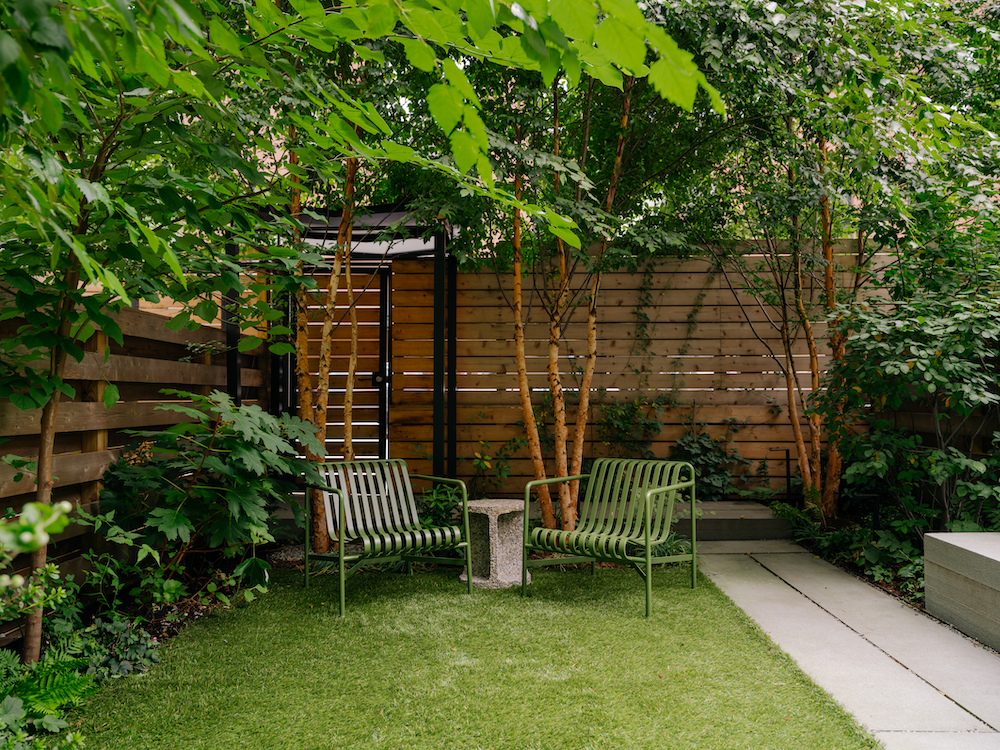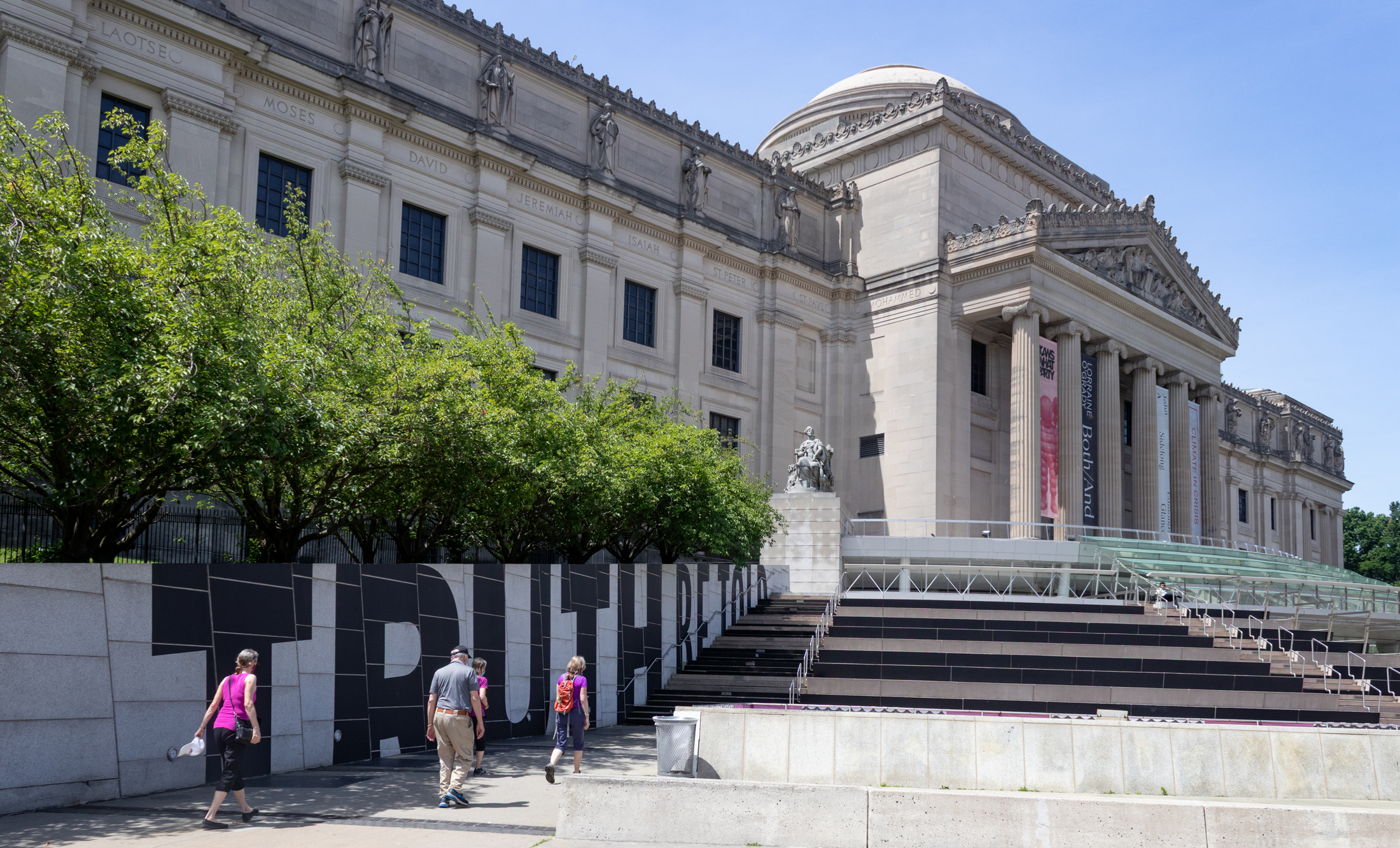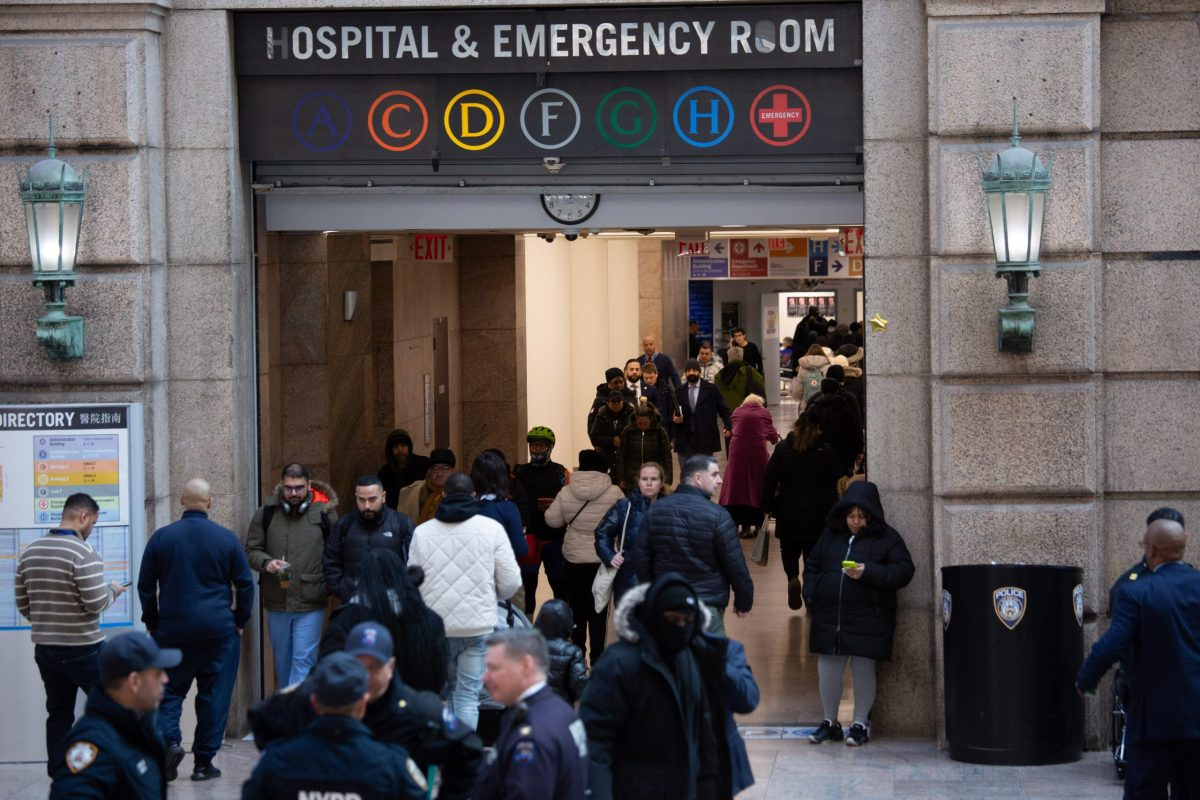Arctic Neck: Little Neck in Winter
I may not have expressly stated it previously, but even though I am able to function in summer, the heat and humidity wears me down to a nub by Labor Day every year; and I don’t feel fully dressed unless I can wear a jacket. Psychoanalyze that any way you wish, but I have always…

I may not have expressly stated it previously, but even though I am able to function in summer, the heat and humidity wears me down to a nub by Labor Day every year; and I don’t feel fully dressed unless I can wear a jacket. Psychoanalyze that any way you wish, but I have always felt more contented and grounded in cool and cold weather. I would be completely ineffectual if forced to reside in equatorial regions or the Pacific.
My neighborhood, Little Neck, in winter can occasionally be as picturesque as any town in the Poconos or the Catskills, though all it lacks is a mountain for actual skiing. Though I don’t mind, because they still talk about that ski trip I took to Hunter, let’s say a few years ago. (I had trouble with the tow line, to give you some idea.)

Originally a Methodist church built in 1867 on gifted land from Bloodgood Cutter (see below), the modest brick and frame building still stands, surrounded by newer additions. It became the nondenominational Community Church of Little Neck in 1925. Then as now the church conducts a Sunday school and holds a strawberry festival in June.
Today, I wandered on the maze of roads south of Northern Boulevard and west of Little Neck Parkway. This land was once owned by Bloodgood Haviland Cutter (1817-1906). Known as the “Bard of Little Neck,”, he was a potato farmer, poet and friend of Mark Twain, who immortalized him as the “Poet Lariat” in Innocents Abroad. Twain poked fun at Cutter as a master of doggerel who annoyed fellow passengers on an excursion to the Holy Land in the travelogue. B.H. Cutter’s grave, marked by a large cross, can be found in the nearby Zion churchyard on Northern Boulevard.

Mormon Church (Church of Jesus Christ of Latter-Day Saints), Bates Road and Little Neck Parkway stands on the former site of Little Neck’s first public school that stood from 1865-1914; it was replaced by PS 94 at Little Neck Parkway and 42nd Avenue in 1916.

Annadale Road features many homes on large plots set back from the road with voluminous lawns.

Browvale Lane curves along a ridge looking down on Northern Boulevard, which runs through a valley, hence its name. Like its neighbor streets, it features standalone homes, but on smaller plots.

Gaskell Road climbs a hill between Marathon Parkway and Browvale Lane and contains some of Little Neck’s more picturesque houses…

… running the gamut from Tudors to colonials to jewel box cottages.

Aunt Bella’s Italian Restaurant, Marathon Parkway and Beech Knoll Avenue. I have never been inside, but have had their fare delivered dozens of times.

45-17 Marathon, near Northern. The cool kids say contextualism in architecture is dead as dishwater, and this looks nothing like anything near it.


Two pictures from the same spot, today and in 1926. The road was being excavated so the boulevard could be widened as the Mosesian era of the motorcar had arrived. As you can see, the shingled house was there in 1926 as today, and the brick storefronts with apartments above are still there, as well. The empty lot on the right is now a Stop ‘N Shop parking lot (a colonial-era farmhouse was set well off the street, and was demolished in the 1960s for the shopping center), and the firehouse with the tower has given way to a McDonald’s.

Until the early 1930s much of the north side of Northern Boulevard was occupied by a cemetery containing the remains of the Matinecoc Indians, who had occupied the lands well before the white man’s arrival and continued to be a presence in the community for centuries afterward; even today, some Matinecoc families occupy houses along Little Neck Parkway and Marathon Parkway.
When the boulevard was widened, the remains were dieinterred and moved to the Zion Church cemetery. A stone marker, designed in two pieces on either side of a tree, is marked “Here Rest the Last of the Matinecoc.”
Kevin Walsh is the webmaster of Forgotten NY and the author of Forgotten New York and, with the Greater Astoria Historical Society, Forgotten Queens.









What's Your Take? Leave a Comment